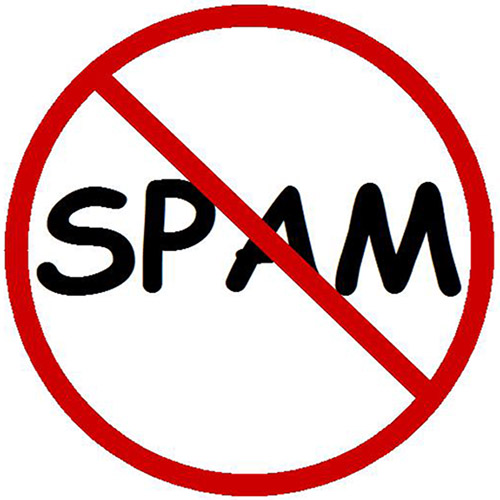The economics of spam
 A modern day hindrance is spam email clogging up your inbox with, for example, offers for cheap drugs or notifications that you will inherit enough money to retire to the Bahamas. A recent paper by Justin Rao and David Reiley in the Journal of Economic Perspectives investigates the economics of spam mail (which, as I discovered, from the article gets it’s name from a Monty Python sketch). Remarkably, they quote figures suggesting that 88% of worldwide email traffic is spam. Their paper then provides a number of interesting insights into the business of spam mail.
A modern day hindrance is spam email clogging up your inbox with, for example, offers for cheap drugs or notifications that you will inherit enough money to retire to the Bahamas. A recent paper by Justin Rao and David Reiley in the Journal of Economic Perspectives investigates the economics of spam mail (which, as I discovered, from the article gets it’s name from a Monty Python sketch). Remarkably, they quote figures suggesting that 88% of worldwide email traffic is spam. Their paper then provides a number of interesting insights into the business of spam mail.
First, given that most recipients simply delete it, why is spam mail sent out? For the benefits of sending it to exceed the costs, it must be that somebody is reading and responding to it and the costs must also be reasonably low. Rao and Reiley are able to quantify these costs and benefits. They estimate that if 8.3 million spam emails are sent, only 1.8% (approximately 150,000) will reach the intended recipients’ inboxes, with the remainder being blocked or filtered out. Of these 150,000, just 0.25% (375) are clicked on. Furthermore, these 375 clicks generate just a single sale of the advertised product which is typically sold for around $50. Assuming that free entry of spammers leads to them earning zero economic profit, this means that it costs the spammers around $50 to send the 8.3 million emails.
Second, spam mail clearly imposes a considerable negative externality on society. This includes wasted time for consumers and the costs of the extra server hardware capacity required. Rao and Reiley are also able to quantify the size of the negative externality created. First, they estimate that:
“American firms and consumers experience costs of almost $20 billion annually due to spam.”
This can then be compared to the benefits senders of spam get:
“….. we estimate that spammers and spam-advertised merchants collect gross worldwide revenues on the order of $200 million per year. Thus, the ‘externality ratio’ of external costs to internal benefits for spam is around 100:1.”
They then compare this to estimates for other negative externalities such as car pollution and conclude that the size of the negative externality from spam is significantly greater.
Finally, they also point out that it is predominantly the larger email service providers i.e. Yahoo! Mail, Microsoft Hotmail, and Google Gmail who have both the incentives and resources to fund interventions to eradicate spam. For example, in 2009 Microsoft and Pfizer (the manufacturer of Viagra which faces competition from counterfeit versions often advertised by spam) financially supported the successful operation to shut down the largest spam distributor. Clearly, such operations have large positive spillovers for email users. However, as they also discuss, anti-spam technology also increases the fixed costs of competing as an email provider and they suggest that this has contributed to the increased concentration in the market.
The unpalatable business of spam The undercover economist, Tim Harford (19/07/12)
Huge spam botnet Grum is taken out by security researchers BBC News (19/07/12)
Spammers make a combined $200 million a year while costing society $20 billion BGR, Dan Graziano (28/08/12)
Questions
- Explain why free entry results in zero economic profit.
- Explain how an increase in fixed costs can lead to an increase in concentration.
- Why does Microsoft have large incentives to eradicate spam mail?
- In what ways does the externality created by spam mail differ from other forms of advertising?
- How might government policies alter the costs and benefits of sending spam mail?